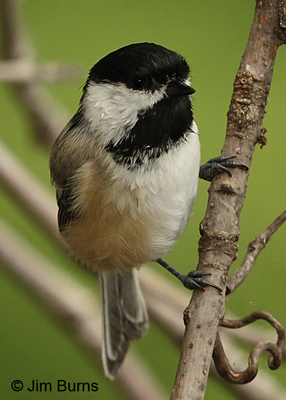
The most noteworthy aspect of these mornings with the camera, however, was the number and demographic of the people using this greenbelt. It has a paved running/biking path, fitness stations and a kids’ playground, a food vending shack open afternoons only, and a park like atmosphere, encircled on all sides by middle class homes and condos. I’ve been there a handful of times in years past and encountered runners and bikers, couples with baby strollers, roller bladers, dog walkers, and the occasional fishermen and birders. This year I immediately noticed there were a lot more people, perhaps double my previous visits, and many were younger, college age down to tweeners, and apparently not there for fitness or nature, so the second part of the quiz is to guess the reason for this quite noticeable change. I’d rate this second part medium difficulty also.
My first reaction was Good, younger people are getting out of the house more, gamers getting away from their devices and out into the natural world. This has to be a good thing with no downside because perhaps a few of them may develop an appreciation for the outdoors. They’re walking around and actually looking now and then at the sky and the trees, the water and the ducks, in what must for them be a strange new milieu. The real world! It has to be better for them physically and emotionally than being stuck in front of a computer indoors all day. Hopefully some might find it exciting and worth exploring at greater length.
But wait. I quickly realized they were not actually exercising or enjoying nature but mostly standing around or sitting on the grass, all thumbs, still engaged with their phones, still dependent of that little device in front of their face. I saw one teen ager stumble over a curb and fall. Two twenty somethings nearly collided with an elderly couple walking their dog. I watched a twelve year old girl almost get run over by a serious cyclist. Sure, they were playing Pokemon Go. It was often comical, sometimes alarming, and ultimately puzzling.
So, here’s the third part of your quiz, the difficult part. Would a swallowtail butterfly nearly the size of their palm even intrude on their peripheral vision let alone raise their consciousness? Would the eerie whinny-bray call of the Red-necked Grebes even catch their attention let alone arouse their curiosity? Would they even notice the beautiful fish in the water and stop to read the interpretive signs explaining how the 2009 Chester Creek Aquatic Ecosystem Restoration Project enhanced Anchorage’s Westchester Lagoon and created easier passage for the salmon migrating upstream from Cook Inlet?
So . . . how’d you do on the quiz? I guess the third part is really an essay question, and we may not know the correct answer for years.